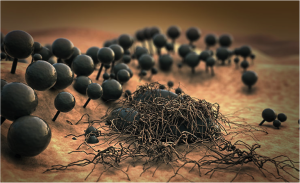High-Risk Foods
More and more people are demanding food transparency from their farmers and supermarkets; however, pro-GMO advocates are meeting these demands with resistance. While we have won some food-labeling battles, it is still important for consumers to understand what they are eating and where it comes from. The people at the Non-GMO Project Verification Program are here to help!

